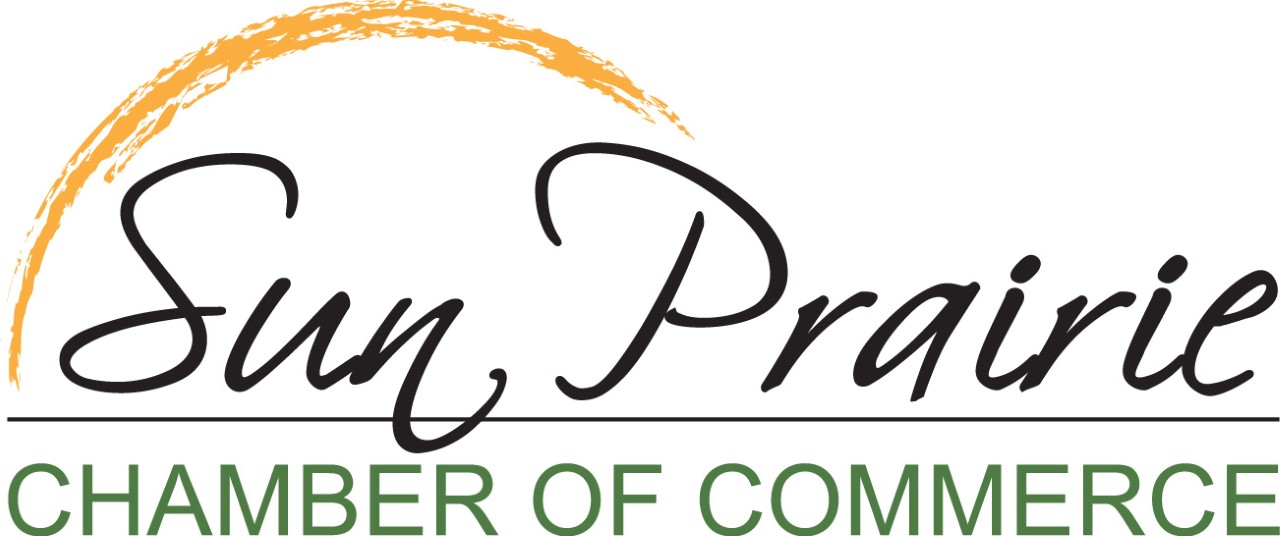Revolutionizing Business with Flexible Work Environments
The traditional office model is rapidly evolving to meet the changing needs of both companies and employees. Flexible work environments are becoming a cornerstone of modern business strategy, offering increased adaptability, productivity, and work-life balance. By embracing these new models, businesses can attract top talent, reduce overhead costs, and foster innovation. This shift is also enabling organizations to remain competitive in a globalized economy, where agility and responsiveness are crucial.
Unpacking the Hybrid Work Revolution
Imagine a workplace where you have the freedom to choose your surroundings—a bustling office one day, the quiet comfort of your home the next. This is the reality that the hybrid work model offers, blending remote and in-office work to enhance flexibility. Having soared in popularity during the COVID-19 pandemic, by 2019, around 60 million U.S. workers had adopted some form of hybrid schedule. This model promises improved work-life balance, heightened productivity, and reduced corporate expenses. But, to truly reap these benefits, businesses must seamlessly integrate technology and foster open lines of communication, ensuring they meet the varied needs of their workforce.
Building Solid Remote Employee Contracts
When creating contracts for remote employees, it's important to clearly outline roles, responsibilities, and expectations in writing. Ensure the contract covers legal requirements, including compensation, work hours, and confidentiality clauses. For convenience and efficiency, consider using digital tools that allow employees to sign and fill out PDF forms online without the need for printing. After e-signing, you can securely share your PDF file through encrypted services to protect sensitive information. If you're looking for a streamlined solution, here's a good option: e-signature platforms that make the process simple and legally binding.
Smart Strategies for Office Supply Savings
By strategically managing your purchase of office supplies and equipment, you can significantly reduce operational costs. Sourcing from cost-effective vendors and negotiating for bulk discounts can lead to substantial savings without sacrificing quality. Additionally, implementing stringent inventory controls and optimizing your supply chain can prevent excess stock and minimize waste. Encouraging sustainable practices and judicious use of resources further trims expenses, aligning with modern eco-friendly initiatives. Adopting these strategies not only slashes costs but also enhances overall efficiency and sustainability in your workplace.
Global Talent: Tapping into a World of Skills
Expanding your hiring pool by reducing geographical limitations can greatly enhance your access to highly skilled candidates. This approach allows businesses to tap into talent from diverse locations, leveraging remote work technologies to bridge the gap. By embracing remote recruitment practices, you can save on travel and accommodation costs typically associated with in-person interviews. Additionally, accommodating remote workers requires innovative strategies to foster a sense of belonging and maintain a robust company culture. However, it’s important to be mindful of potential legal challenges.
Boosting Team Efficiency with Project Management Tools
Implementing project management software is crucial for streamlining tasks and enhancing project tracking for distributed teams. These tools, which include features like task assignment, progress tracking, and communication channels, provide a centralized workspace that can significantly improve team efficiency and collaboration. For instance, platforms like ClickUp and Trello offer functionalities such as file sharing and chat, enabling teams spread across various time zones to work seamlessly together. By utilizing these digital solutions, you can allocate resources dynamically, track workloads, and prevent overwork, ultimately driving your team towards more consistent outcomes.
Designing Workspaces for Focus and Collaboration
Creating an effective workspace requires a balance between collaborative and individual areas, each serving unique purposes. Collaborative spaces foster creativity and improve communication, helping teams to innovate and solve problems more effectively. However, these open spaces can also lead to distractions and stress for employees who need privacy and quiet for focused tasks. Therefore, integrating secluded areas or quiet zones within the open-plan design can address these concerns, offering employees the flexibility to choose their preferred work environment. Such a hybrid approach not only enhances overall productivity but also caters to diverse working styles within your organization.
Embracing Digital Tools for Seamless Collaboration
To maintain effective connectivity and collaboration among remote and on-site employees, you need to utilize digital communication tools such as Zoom. These tools facilitate real-time interactions, ensuring that team members remain engaged and productive regardless of their location. Video conferencing platforms are essential for conducting meetings and training sessions, while project management software keeps everyone aligned on tasks and deadlines. Additionally, instant messaging applications provide a quick and efficient way for employees to communicate updates and feedback.
Flexible work environments are reshaping the business landscape, providing numerous benefits from cost savings to enhanced employee satisfaction. By adopting a hybrid work model, optimizing office supply management, expanding your talent pool, utilizing project management software, balancing workspace designs, leveraging digital tools, and crafting comprehensive remote contracts, you can create a thriving and adaptable work environment. Embrace these strategies to stay ahead in an ever-evolving workplace.
Discover the benefits of joining the Sun Prairie Chamber of Commerce and connect with local businesses to grow and thrive in our vibrant community!

